Blacksmithing
Herreron CHamoru. Blacksmithing, in the form that it is most known today, has only existed on Guam for a few centuries. On the surface blacksmithing
Herreron CHamoru. Blacksmithing, in the form that it is most known today, has only existed on Guam for a few centuries. On the surface blacksmithing
Kepuha (also spelled Quipuha) was a maga’låhi from Hagåtña, whose role in welcoming Spanish missionaries to Guam makes him a controversial figure in the island’s
Manma’gas is the Chamorro/CHamoru word for leaders when referred to as a group. In ancient Guam, CHamoru leaders were usually the oldest members of clans
Kantan Chamorita is the contemporary name given to traditional call-and-response, impromptu verse-making. Practitioners refer to the genre as ayotte’, meaning to throw (verses) back and
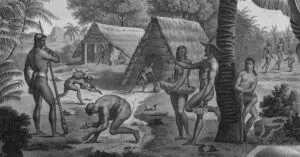
The Matua controlled the most resources and lands and were the most politically powerful class. Historical accounts give us a clear image of their place
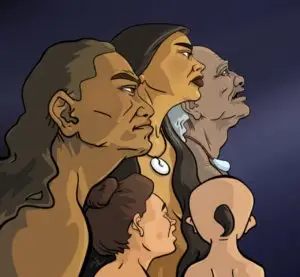
A maga’låhi was the first born, high ranking (matua) male head of a CHamoru clan, a role inherited through his maternal lineage. Manmaga’låhi and manmaga’håga
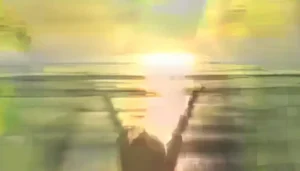
The idea of the world being divided into different realms, as was common in the Chamorro/CHamoru view after Christianity was introduced, is one promoted or
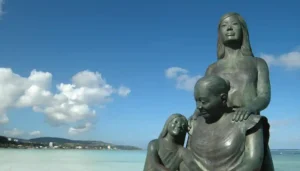
A maga’håga was the first born, high ranking (of the matua caste) female head of a CHamoru clan, a role inherited through her maternal lineage.
Ancient Chamorros/CHamorus, as well as CHamorus today, practice ancestral worship, or the veneration and respectful treatment of relatives who have died in hopes that they
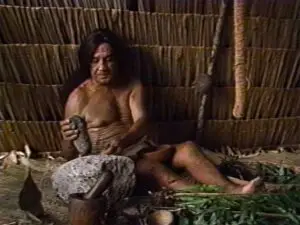
The ancient Chamorros/CHamorus were generally healthy people. They were well built and appeared to be very healthy by visitors to the islands. They did not